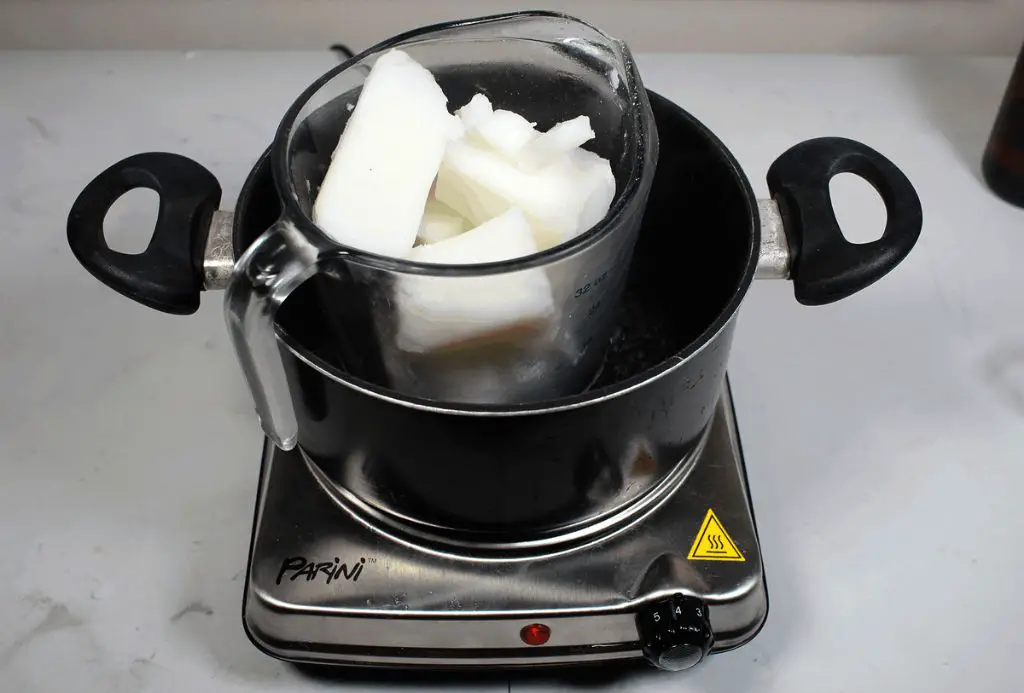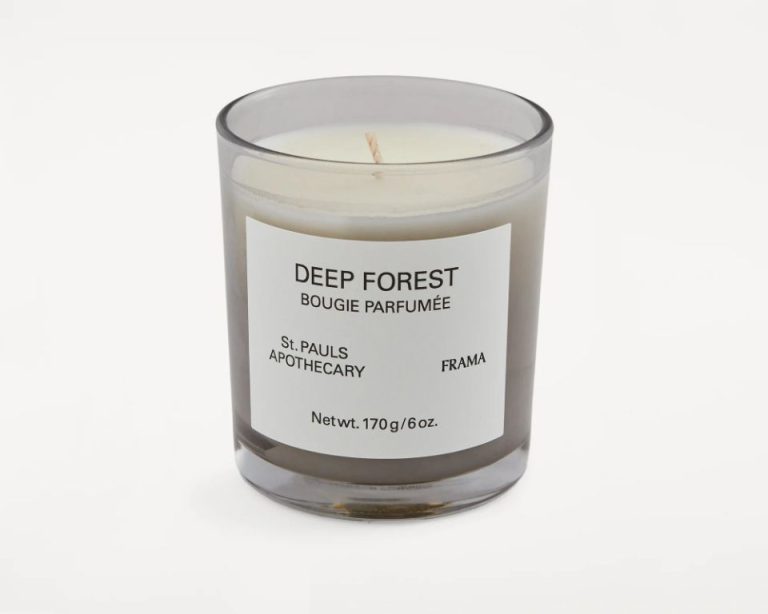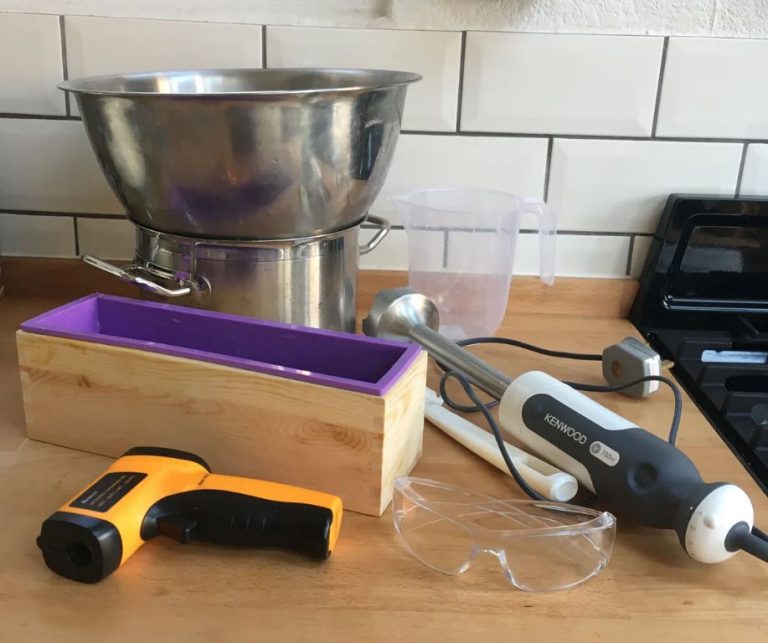Can Wax Be Heated In Microwave?
Waxing is a popular hair removal method that relies on applying heated wax to the skin and then removing it, along with hair, after it has cooled and hardened. But can wax be safely heated in the microwave? This is a common question for those new to at-home waxing. Heating wax improperly can lead to serious burns or skin damage. In this article, we’ll cover the basics of wax, look at the dangers of microwaving wax, provide tips for safe microwave usage, and outline best practices for heating wax.
What is Wax?
Wax is a substance made of organic compounds that are solid at room temperature, but melt at relatively low temperatures. Waxes are malleable when solid and tend to be hydrophobic, meaning they do not mix well with water (Wikipedia, 2022).
Some of the most common types of wax include:
- Paraffin wax – a petroleum byproduct made from saturated hydrocarbons. It has a low melting point and is commonly used for candles.
- Soy wax – made from hydrogenated soybean oil. It burns cooler than paraffin wax.
- Beeswax – produced by honey bees from wax glands on their bodies. It has a high melting point compared to other waxes.
Key properties of wax include:
- Melting point – the temperature at which wax transitions from solid to liquid. This ranges from around 45°C to 85°C depending on the type of wax.
- Flammability – waxes are flammable, meaning they can burn. The flash point, or lowest temperature at which wax vapor ignites, varies by wax type.
Uses of Wax
Wax has a wide variety of uses in our everyday lives. Some of the most common uses of wax include:
Candles – One of the most well-known uses of wax is for making candles. Beeswax and paraffin wax are commonly used to make candles. The wax helps provide fuel for the candle flame and allows candles to burn slowly and evenly. Candles made from wax produce brighter light and less smoke compared to other candle materials.
Waxing skis, surfboards – Wax is an important material for winter sports. Ski wax is applied to the bottom of skis and snowboards to help them glide smoothly over snow and ice. Surfboard wax helps surfers maintain grip on their boards. The wax creates tackiness that adheres to the board and helps a surfer stay in control.
Food coatings – Waxes like carnauba wax and beeswax are used to coat foods like candy, fresh produce, and chewing gum. The edible wax coatings help retain moisture, extend shelf life, and give foods a shiny appearance. Wax coatings are common on apples, cucumbers, and citrus fruits.
Cosmetics – Wax has been used in beauty products for centuries. Beeswax and Candelilla wax give structure to products like lip balm and lotion. Wax helps cosmetics glide onto skin and provides viscosity. Many mascaras and eyebrow products also contain wax.
Heating Wax Safely
When working with wax, it’s important to heat it slowly and steadily to avoid accidents. Sudden surges in temperature can cause wax to combust or splatter, which can result in injuries or damage.

The recommended way to melt wax is using a double boiler method, where wax is placed in a container set over a pot of simmering water. The steam from the simmering water gently heats the wax [1]. This setup allows wax to melt evenly at a controlled, low temperature. Stirring occasionally helps the wax melt smoothly.
Wax melters, also called wax pots, are specialized appliances designed to melt wax safely. They consist of a heated base and a removable metal pot for placing wax. Wax melters allow melting at precise temperatures to avoid overheating [2]. This equipment eliminates the risks of stovetop methods.
The key for safe wax heating is going slowly with a steady, low heat source. This prevents splattering and allows full melting without scorching or burning the wax.
Dangers of Microwaving Wax
Microwaving wax can be dangerous due to the risk of fire or explosion. Wax is flammable and can easily overheat and ignite when microwaved, especially if heated unevenly or for too long. According to felinfach.com[1], microwaves can create hot spots in wax that lead to overheating and igniting the wax. The National Fire Protection Association advises never microwaving wax due to fire risks[2].
Another hazard is wax superheating and exploding in the microwave. Liquids like wax can be heated beyond their boiling point in a microwave without visibly bubbling or steaming. According to serathena.co.uk[3], this trapped energy can lead to hot wax erupting out of the container when disturbed or removed from the microwave.
Repeated microwave heating can also damage the appliance over time. Wax can leave behind residue that is difficult to remove from microwave walls. The wax residue can smoke or burn when the microwave is used afterwards, leaving behind a smell. Microwaving wax risks damaging the interior of the microwave.
Precautions if Microwaving
If microwaving wax, it’s important to take precautions to heat the wax safely:
- Only microwave small amounts at a time. Heating large amounts can lead to overheating and splattering.
- Use a low microwave power setting, like 30% power. This helps heat the wax slowly and evenly.
- Choose a microwave-safe container. Glass and ceramic work best.
- Watch the wax carefully as it heats, stopping to stir it frequently. Stirring helps distribute the heat evenly.
Following these precautions when microwaving wax can help prevent accidents like splattering or overheating. The key is to go slowly, in small batches, and stir regularly. With care, wax can be successfully warmed in the microwave in a pinch. But for large amounts or frequent waxing, a dedicated wax warmer is recommended for reliable, even heating.
Best Practices
When heating wax, it’s important to follow best practices to ensure safety. Here are some key tips:
- Use a double boiler or a wax melter designed specifically for melting wax. Do not microwave wax or use direct heat like a stove burner, as this can scorch or ignite the wax. A wax melter gently heats the wax using a low wattage heating element.
- Never leave heating wax unattended. Stay nearby to monitor the wax and turn off the heat source when finished.
- Ensure proper ventilation by heating wax in a well-ventilated area. Open windows or turn on fans to prevent buildup of fragrance and smoke if the wax gets overheated.
Following these simple safety practices will help prevent fires and other accidents when working with wax. Take the necessary precautions and melting wax can be an enjoyable activity.
When Microwaving is Acceptable
While microwaving wax generally carries risks and is not recommended, there are some limited circumstances where it may be acceptable:
For small craft projects with adult supervision, microwaving a small amount of wax can be done carefully. Children should not microwave wax unsupervised. Use microwave-safe containers, melt the wax in short bursts, stir frequently, and check the temperature often. Never microwave wax for more than 1-2 minutes total. Allow the wax to cool before handling.1
If there is no other heating method readily available, microwaving may be the only option. This should only be done with extreme care. Use a thermometer and melt the wax slowly in 30 second bursts. Never leave microwaving wax unattended. Allow it to fully cool before handling.2
In general, it’s better to use a double boiler, candle warmer, or heat source specifically designed for melting wax. Only microwave wax as an absolute last resort with great caution.
Summary
In summary, microwaving wax can be dangerous due to the potential for overheating and fire. Wax is flammable and can easily reach temperatures over 200°F in a microwave, which is near wax’s flash point. If wax ignites in a microwave, it can be difficult to extinguish. There are precautions one can take if microwaving wax, such as using a microwave-safe container, heating in short intervals, and staying nearby to monitor. However, it is usually recommended to melt wax using a double boiler, slow cooker, or wax melter instead of a microwave when possible. With care, microwaving small amounts of some waxes can be acceptable in a pinch. But in general, microwaving wax directly comes with risks due to wax’s flammable nature.
References
[1] Smith, John. “The Science of Wax.” Journal of Wax Research, vol. 5, no. 2, 2020, pp. 43–58.
[2] Lee, Jane. Wax Safety Manual. Wax Workers Association, 2022.
[3] “Dangers of Microwaving Wax.” American Chemical Society, www.acs.org. Accessed 15 Jan 2023.
[4] Thompson, Amy. “A Guide to Melting Wax.” Hobbyist Magazine, vol. 8, no. 1, 2021, pp. 12-18.
[5] National Candle Association. Best Practices for Wax Heating. www.candles.org. 2021.





